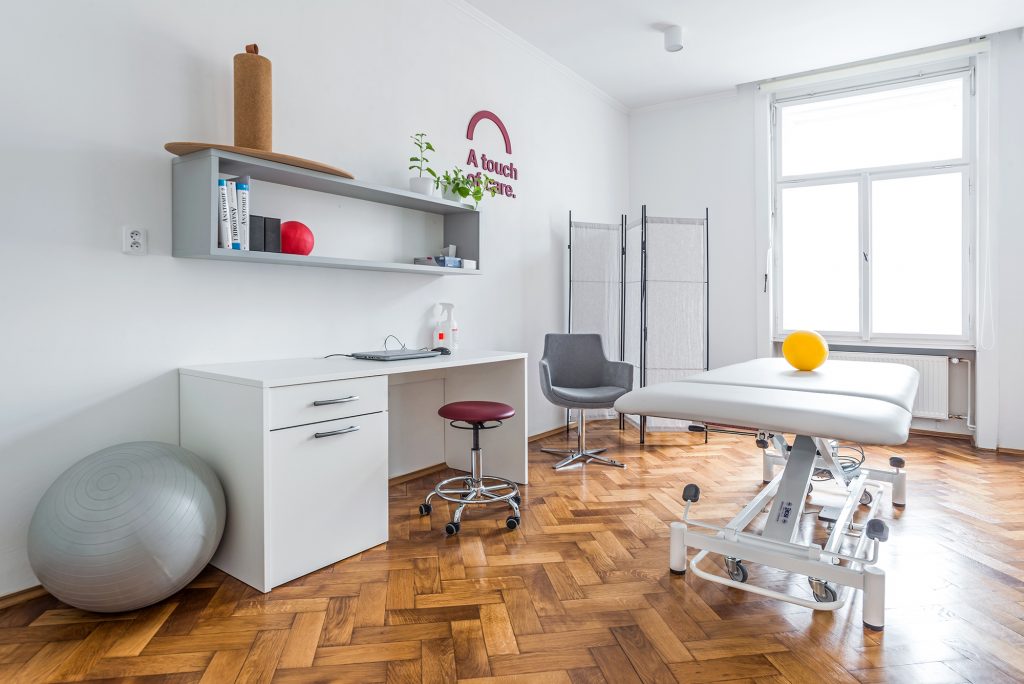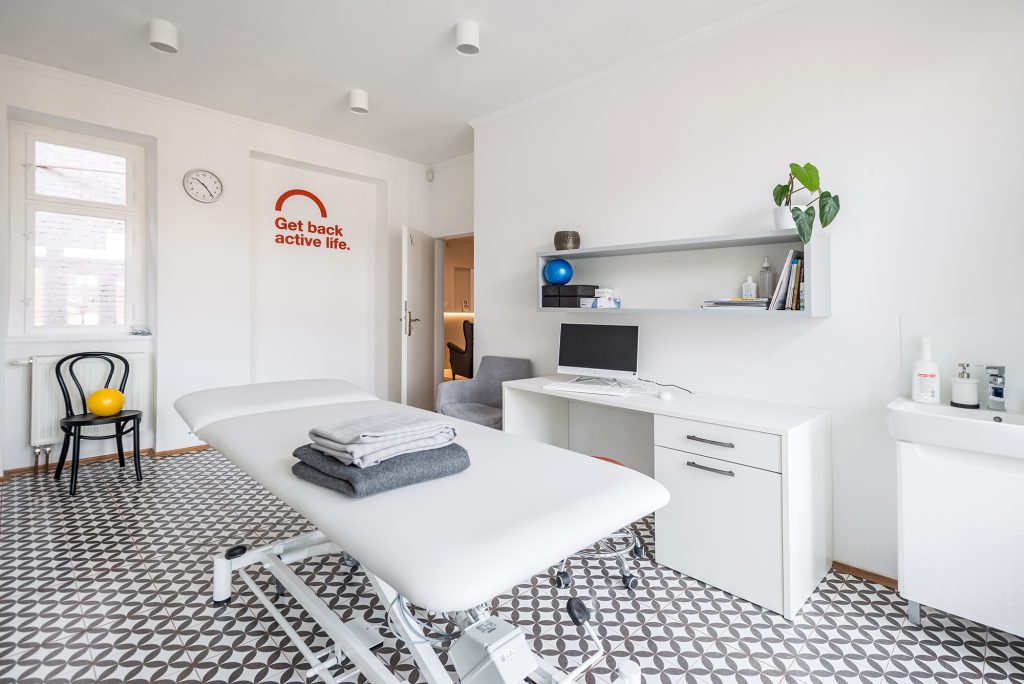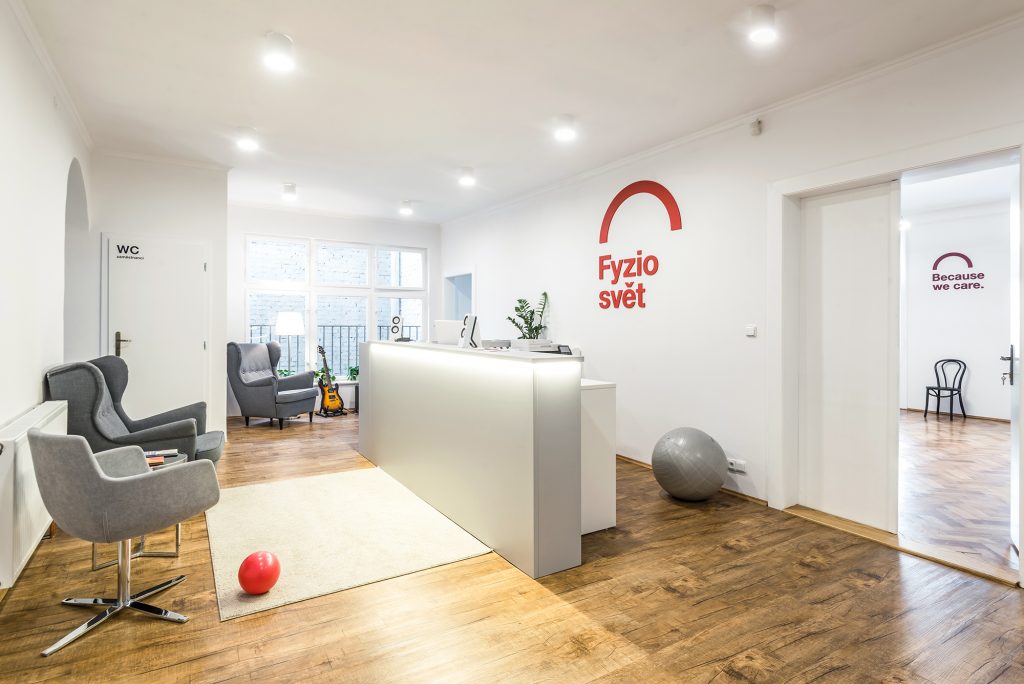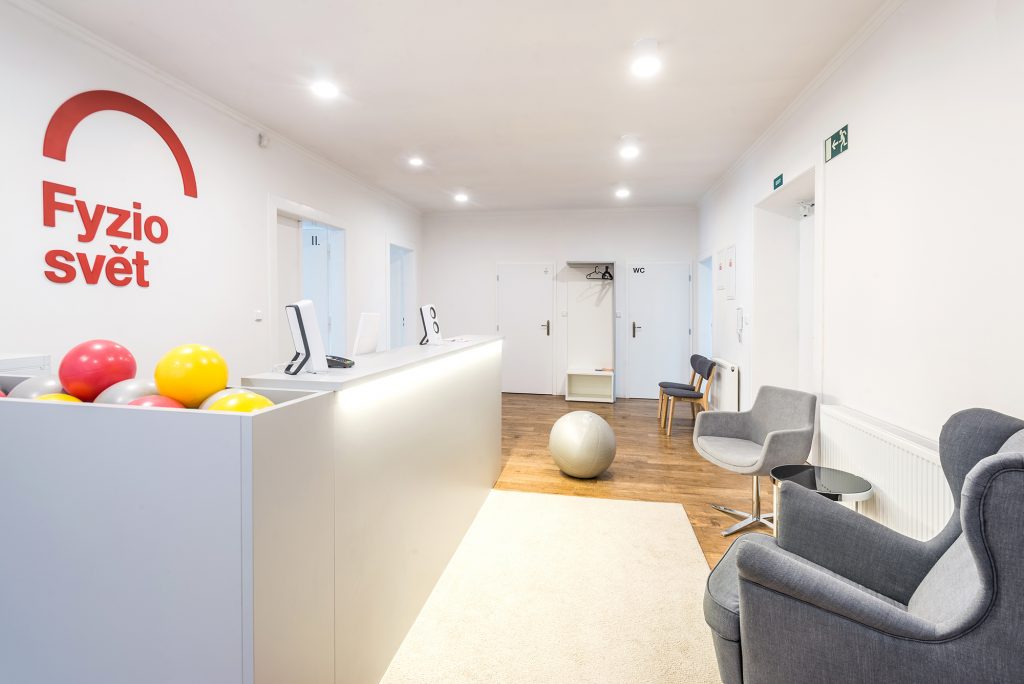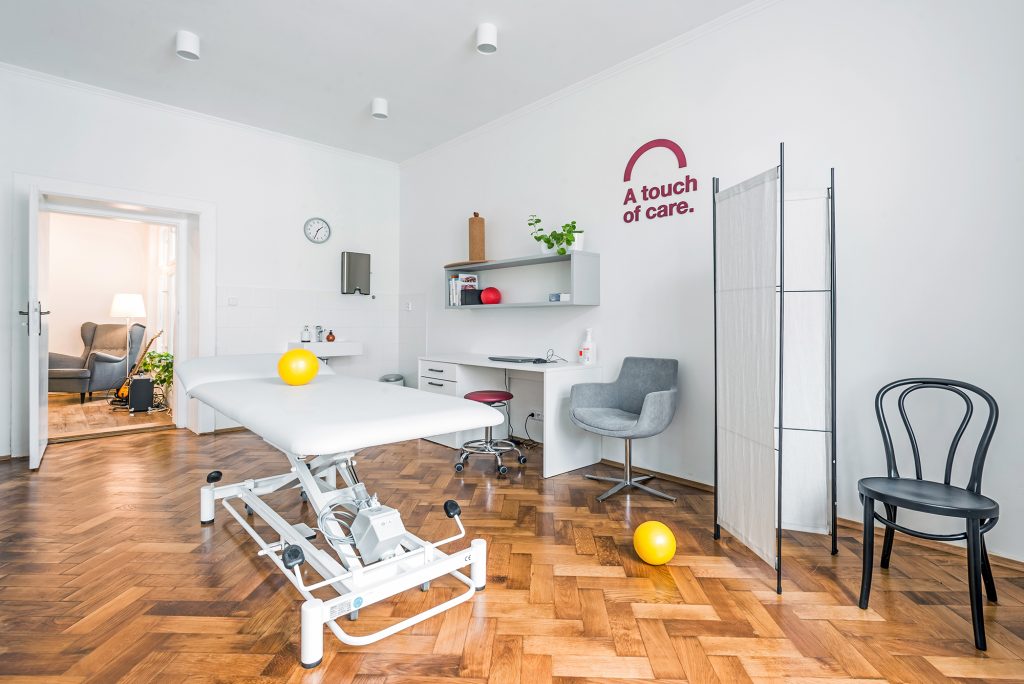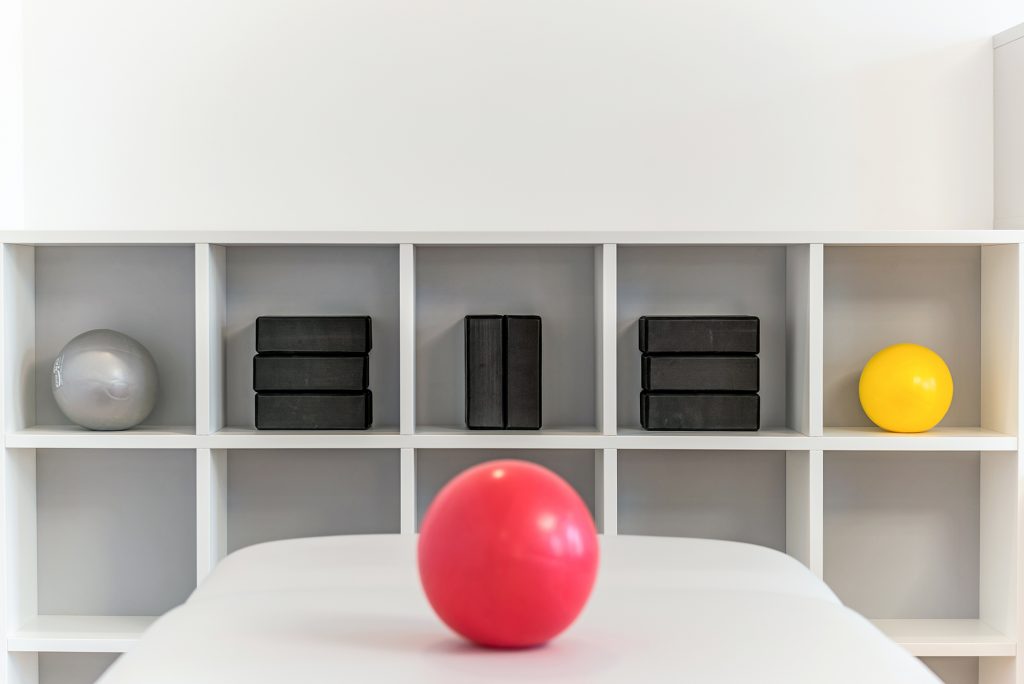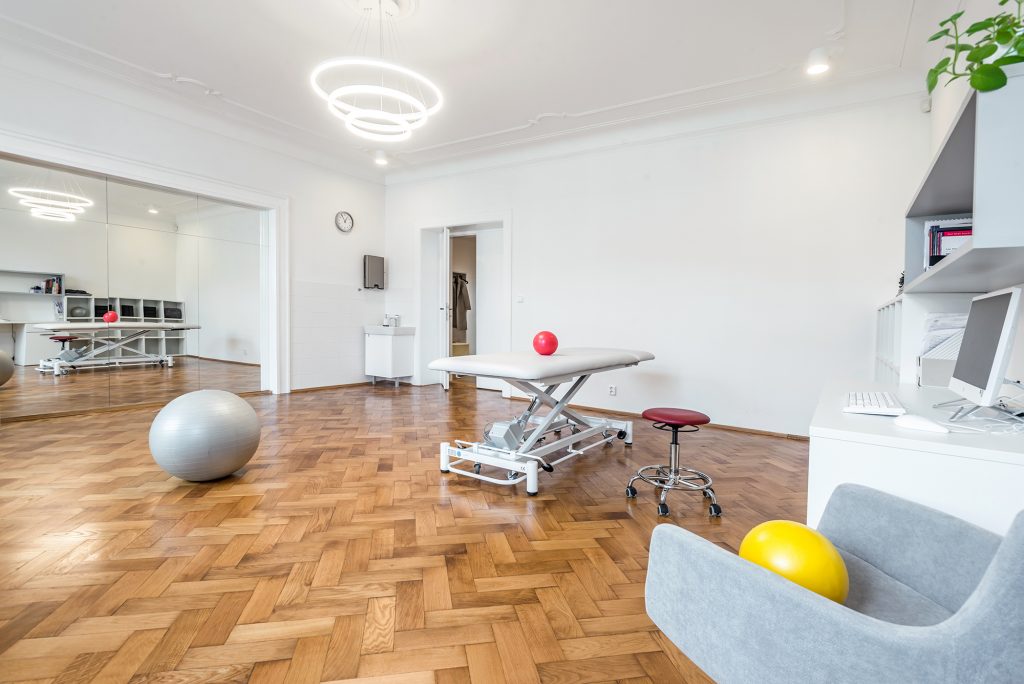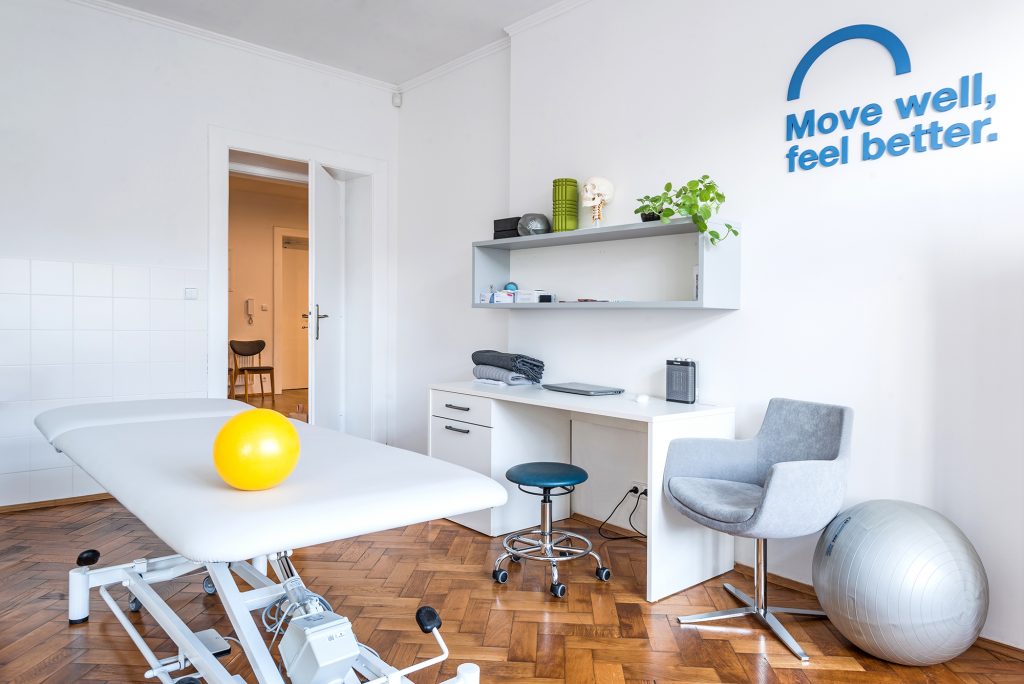Diastasis Recti (Separation) of Abdominal Muscles During and After Pregnancy
Diastasis in Pregnancy
More Space for the Baby
During pregnancy, the rectus abdominis muscles are temporarily disengaged from their usual function, leading to diastasis, or the separation of the abdominal muscles. Diastasis during pregnancy is a natural physiological process in which the muscles of the abdominal wall separate along the linea alba, a connective tissue that joins the left and right sides of the rectus abdominis. As the uterus grows and intra-abdominal pressure increases, the left and right sides move apart, creating a gap through which the abdominal contents may bulge outward, forming a characteristic ridge down the center of the belly. This separation is meant to create more space for the growing baby. After childbirth, the abdomen should return to its original state, but if the abdominal muscles and connective tissues are weakened, physiotherapy may be needed to restore them.
Supporting the Belly with a Wrap
In women with looser connective tissue and thinner abdominal muscles, diastasis can become more pronounced during pregnancy. To support the belly externally, we recommend wrapping it with a scarf made of non-elastic materials like cotton, linen, or hemp. Wrapping helps tighten loose connective tissue and can also reduce postpartum pain related to uterine contractions and aid in easier vertical movement. Later on, it helps prevent back pain.
The Role of Touch and Exercise
As part of physiotherapy, we also incorporate gentle stroking of the abdomen toward and across the midline, which helps tone the abdominal area and gradually strengthen the connective tissues. Even during pregnancy, we introduce gentle exercises for the oblique abdominal muscles based on Dynamic Neuromuscular Stabilization (DNS), which helps the muscles return to their pre-pregnancy state more quickly. However, we strongly advise against strengthening the rectus abdominis directly, as this could worsen the separation.
Postpartum Diastasis
A Complication for the Whole Body
After childbirth, all structures in the body gradually return to their original positions. If the abdominal muscles and fascia were not well-prepared for pregnancy, diastasis or laxity of the abdominal wall can occur postpartum. Diastasis is not just a cosmetic issue; it disrupts the function of the deep stabilizing system of the spine (DSS), which can lead to back pain and overloading of the joints in the limbs.
The DSS includes the diaphragm, pelvic floor, and deep abdominal and spinal muscles, which support each other and ensure the stability of the spine and proper functioning of the muscle chains throughout the body. If diastasis weakens core stability, the back, muscles, and joints of the limbs can suffer. Over time, this can lead to overloading and pain in the joints, such as shoulder pain or restricted hip movement.
Diastasis of the abdominal muscles is a functional problem that affects even distant parts of the body. Issues may arise from poor foot stability, tightened muscle fibers (trigger points), joint blockages in the limbs and spine, and lack of abdominal wall support for the internal organs. This can lead to digestive problems, slow bowel movements, and stress incontinence.
Address Diastasis Early, Before the Body Adapts to the Problem
The sooner a woman comes for physiotherapy after childbirth, the better. The abdominal wall retracts naturally, helped by the hormone oxytocin, which also promotes uterine contractions and lactation. Starting physiotherapy early can prevent improper alignment from becoming fixed. The activity of the abdominal fascia, particularly the deep transversus abdominis muscle, which is largely made up of fascia, is not consciously controlled by the central nervous system. Without proper physiotherapy, this function is quickly taken over by the rectus abdominis, leading to its overload, while other abdominal muscles remain weak.
Be Careful of Lower Back Hyperextension
During pregnancy, the position of the pelvis and lumbar spine often shifts, causing hyperlordosis (excessive inward curvature of the lower back). This places greater demands on the abdominal muscles and fascia and can contribute to the development of postpartum diastasis. It is also important to note that prolonged babywearing after childbirth can exacerbate hyperlordosis, so we recommend limiting babywearing to essential periods. In postpartum physiotherapy, we work to prevent excessive lumbar curvature through exercise and adjustments to movement patterns.
Increased Risk of Diastasis in Women With:
- Long-term lack of physical activity
- Older age at first pregnancy (over 35 years)
- Rapid weight gain during pregnancy
- Multiple pregnancies, especially close together
- Weak abdominal muscles before pregnancy
- Multiple births (twins or more)
- Scoliosis
- Poor pelvic and spinal alignment
- Long-term use of contraception before pregnancy, which can loosen connective tissues
Common Questions:
How Can I Tell if I Have Diastasis?
The easiest way to check is to lie on your back and actively lift your head. Feel for a gap between the rectus abdominis muscles above or below the navel. A gap larger than two fingers is considered significant. Smaller separations may resolve on their own over time.
You can also identify diastasis by raising your straightened legs about 20 cm off the ground while lying on your back. A typical “ridge” will appear above the navel.
If you’re unsure whether you have diastasis, we recommend visiting a physiotherapist, who can help diagnose it.
Why Does Diastasis Occur?
Diastasis is a complex disorder involving the muscles and fascia of the abdominal wall. Both muscles and fascia are made up of fiber bundles that need sufficient movement to prevent weakening and atrophy. When they receive enough movement, they retain water, which helps maintain their elasticity. Without sufficient activity, or due to aging or poor lifestyle habits, they lose their elasticity.
How Can Diastasis Be Treated?
An experienced physiotherapist can help with diastasis. After childbirth, we always recommend visiting a physiotherapist to address any separation as soon as possible. The most common treatments include visceral massage, facilitation techniques, breathing exercises focusing on diaphragmatic breathing, engaging the pelvic floor, and active exercises based on DNS. The main goal is to help clients become capable of self-assessing their diastasis during exercise to ensure the gap doesn’t worsen. It’s crucial to avoid strengthening the rectus abdominis directly.
Can Diastasis Be Treated Surgically?
Surgical treatment of diastasis is done through abdominoplasty, which removes excess skin after pregnancy or weight loss. If diastasis is present, the rectus abdominis muscles are sewn back together. However, this does not address the underlying muscle dysfunction, and the procedure can often be ineffective. It also carries surgical risks and may result in a large scar and abdominal wall deformity. If there is no hernia or excess skin and fat, physiotherapy should be the first option.
Who Else Can Develop Diastasis?
Though most commonly associated with postpartum women, diastasis can affect anyone, regardless of age or gender. It can also occur in:
- Newborns and small children: Common in preterm babies and typically resolves on its own within the first year of life.
- Individuals with developmental abnormalities: Such as chest deformities or scoliosis.
- Post-surgical patients: Especially those who have had abdominal surgeries, including cesarean sections.
- Athletes: Due to improper abdominal pressure during exercise.
- Obese individuals: Excess weight increases strain on the body, leading to poor posture and muscle dysfunction.
